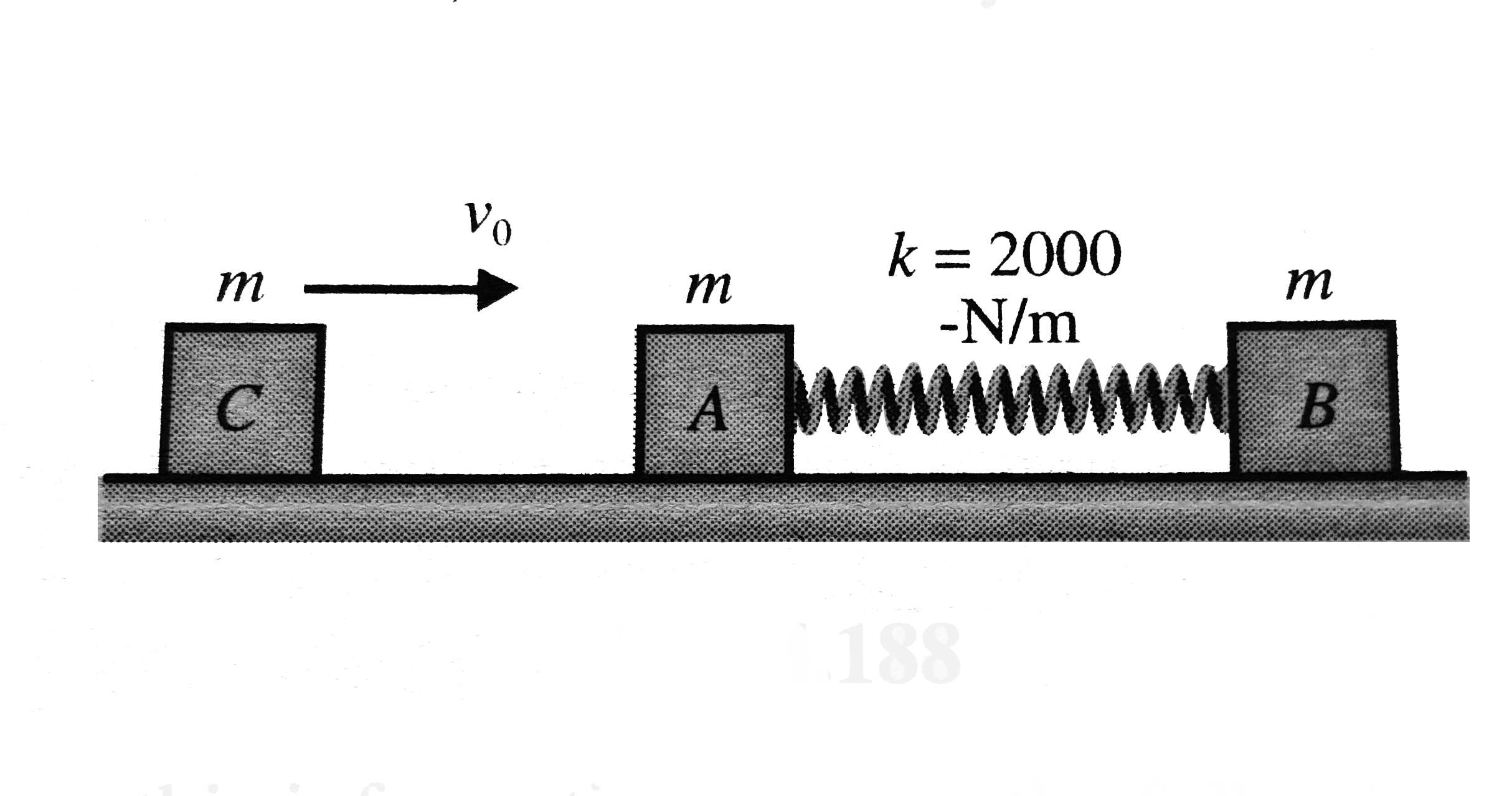Binary fission is a type of
A. Vegetation propagation
B. Asexual reproduction
C. Sexual reproduction
D. Nuclear fragmentation
The correct Answer is:B
Step-by-Step Solution:
1. Understanding Binary Fission: Binary fission is a method of asexual reproduction where a single organism divides into two parts, each of which develops into a new organism. This process involves only one parent organism.
2. Identifying the Options: The question provides four options:
- Option A: Vegetative propagation
- Option B: Asexual reproduction
- Option C: Sexual reproduction
- Option D: Nuclear fragmentation
3. Analyzing Each Option:
- Option A (Vegetative propagation): This is a method of asexual reproduction in plants where new individuals arise from vegetative parts. However, it is specific to plants and not applicable to binary fission, which can occur in various organisms.
- Option B (Asexual reproduction): This is a reproduction method that involves only one parent and does not involve the formation of gametes. Binary fission fits this definition perfectly.
- Option C (Sexual reproduction): This involves two parents and the formation of gametes. Since binary fission involves only one parent and no gametes, this option is incorrect.
- Option D (Nuclear fragmentation): This refers to the splitting of the nucleus and is not related to the process of binary fission.
4. Conclusion: Since binary fission involves only one parent and is a method of reproduction that does not involve gametes, it is classified as a type of asexual reproduction. Therefore, the correct answer is Option B: Asexual reproduction.
---
- Option A: Vegetative propagation
- Option B: Asexual reproduction
- Option C: Sexual reproduction
- Option D: Nuclear fragmentation
- Option A (Vegetative propagation): This is a method of asexual reproduction in plants where new individuals arise from vegetative parts. However, it is specific to plants and not applicable to binary fission, which can occur in various organisms.
- Option B (Asexual reproduction): This is a reproduction method that involves only one parent and does not involve the formation of gametes. Binary fission fits this definition perfectly.
- Option C (Sexual reproduction): This involves two parents and the formation of gametes. Since binary fission involves only one parent and no gametes, this option is incorrect.
- Option D (Nuclear fragmentation): This refers to the splitting of the nucleus and is not related to the process of binary fission.
Topper's Solved these Questions
- REPRODUCTION IN ORGANISMS BOOK - VMC MODULES ENGLISHCHAPTER - REPRODUCTION IN ORGANISMS EXERCISE - IMPECCABLE
33 Videos
- REPRODUCTION IN ORGANISMS BOOK - VMC MODULES ENGLISHCHAPTER - REPRODUCTION IN ORGANISMS EXERCISE - ENABLE
50 Videos
- PRINCIPLES OF INHERITANCE AND VARIATIOBOOK - VMC MODULES ENGLISHCHAPTER - PRINCIPLES OF INHERITANCE AND VARIATIOEXERCISE - IMPECCABLE
56 Videos
- REPRODUCTIVE HEALTHBOOK - VMC MODULES ENGLISHCHAPTER - REPRODUCTIVE HEALTHEXERCISE - Chapter Exercise-C
10 Videos
Similar Questions
Knowledge Check

Two identical blocks A and B, each of mass m=3kg, are connected with the help of an ideal spring and placed on a smooth horizontal surface as shown in Fig. Another identical blocks C moving velocity v0=0.6ms collides with A and sticks to it, as a result, the motion of system takes place in some way
Based on this information answer the following questions:
Q. Oscillation energy of the system i.e., part of the energy which is oscillation (changing) between potention and kinetic forms isA(i) and (ii)B(ii) and (iii)C(i) and (iii)D(iii) and (iv)
Binary fission is absent in
View SolutionDifferentiate between Binary fission and multiple fission
View SolutionBinary fission is seen in ______
View SolutionGive the basic difference between binary fission and multiple fission found in Amoeba.
View SolutionBinary fission is found in
View SolutionSimple binary fission is present in
View SolutionBinary fission is transverse in
View Solution
